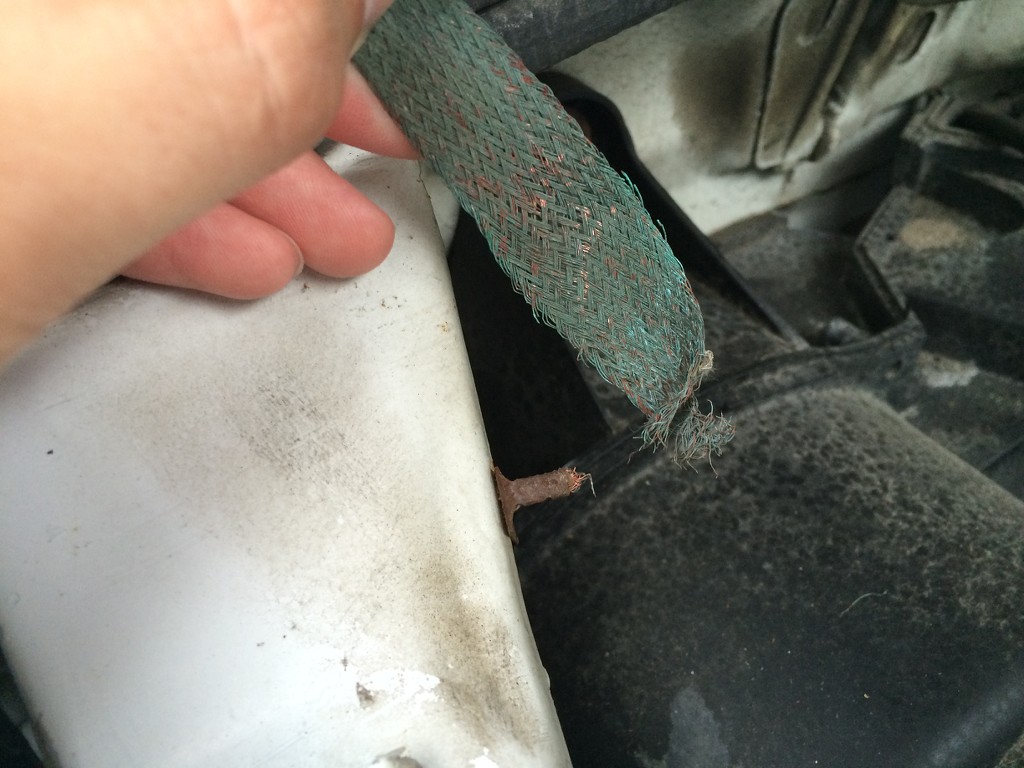Sweersa
Member
- Joined
- Jan 1, 2009
- Messages
- 134
- Reaction score
- 7
- Points
- 18
- Location
- Michigan
- Vehicle Year
- 1997
- Make / Model
- Ford
- Engine Size
- 2.3l
- Transmission
- Automatic
My 1997 Ford Ranger with 130,000 miles died on me while driving. It would crank, but not fire up. A few weeks prior, it would lose power on the road and then the engine would surge back to life and all was normal until it would happen again. The CEL would blink when this would happen. It would do it a few times a day or more, or if I went over a rough area of road (pretty easy to do in Michigan)
Today I removed the bed, replaced the fuel pump, rusted tank straps, and will also do the filler neck and shocks since I have the bed off. I originally thought it was a bad fuel pump because I didn't hear it before starting the engine, and was upset to find it was not the issue after replacing it but at least I have a new fuel pump now!
I later discovered the 30A PCM fuse under the hood was blown. When I replaced it, it blew again as soon as I tried to start her up.
I called it a day, but will jack the truck up later and check under it for shorted out wires. Is that the most likely culprit?
I'd appreciate any advice on what could cause the 30A PCM fuse to blow. I heard the wiring around the O2 sensors can melt, so I'll check there first.
Thank you!
Today I removed the bed, replaced the fuel pump, rusted tank straps, and will also do the filler neck and shocks since I have the bed off. I originally thought it was a bad fuel pump because I didn't hear it before starting the engine, and was upset to find it was not the issue after replacing it but at least I have a new fuel pump now!
I later discovered the 30A PCM fuse under the hood was blown. When I replaced it, it blew again as soon as I tried to start her up.
I called it a day, but will jack the truck up later and check under it for shorted out wires. Is that the most likely culprit?
I'd appreciate any advice on what could cause the 30A PCM fuse to blow. I heard the wiring around the O2 sensors can melt, so I'll check there first.
Thank you!
















